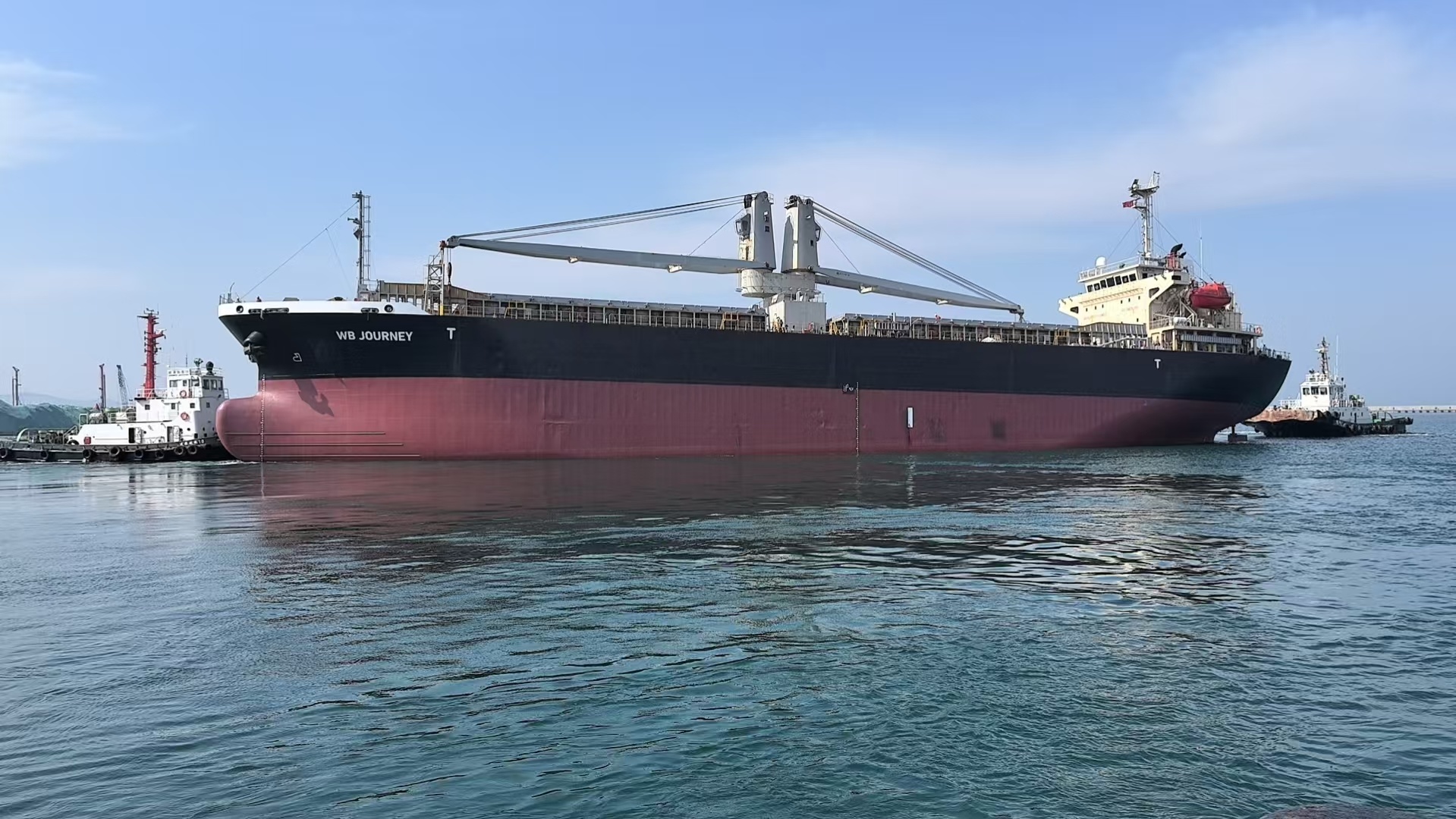Outlook for the recent trend of the international container shipping market
Release time:
14 Jan,2022
(1) Container shipping freight rates have generally fallen from a high level
On November 12, 2021, the Global International Container Shipping Comprehensive Tariff Index (FBX) was US99,411/FEU, down 15.3% from the historical high in September.Among them, the freight rates of routes from China/Southeast Asia to the east coast of North America and the west coast of North America fell by 9.1% and 15.1% respectively compared with the historical high in September.The Ningbo Export container Freight Index (NCFI) closed at 4006.76 points. After 26 weeks of QoQ growth, it fell for 6 consecutive weeks, down 4.7% from the historical high. The freight index of 9 of the 21 routes rose, and the freight index of 12 routes fell.
(2) Multiple factors are superimposed to ease the upward pressure on freight prices
Demand for export shipments has slowed.Recently, the coastal provinces with a large proportion of China's exports have successively introduced electricity restriction policies, and the actual production capacity of export enterprises has been restricted. The impact has decreased, and the supply capacity has been affected to a certain extent.In addition, most foreign trade enterprises are accustomed to arranging shipments before the National Day holiday, and the demand for export cargo transportation is released in advance, which indirectly reduces the pressure on export cargo during and after the National Day.
Container shipping capacity continues to be invested.From January to August 2021, the capacity of the three major shipping alliances on the Asia-US West, US East, Nordic and Mediterranean routes increased by 22.2%, 13.7%, 13.2% and 8.3% year-on-year, respectively.Among them, the 2M alliance's capacity investment on the Asia-U.S. West and U.S. East routes increased by 23.2% and 12.8% year-on-year, respectively, and the OCEAN Alliance's capacity investment on the two routes also increased by 7.2% and 10.9% year-on-year.



